 Ah, the Chevy Corvair, spotted in the parking lot of a strip shopping center.
Ah, the Chevy Corvair, spotted in the parking lot of a strip shopping center.
We pulled out of the strip mall lot and fell in behind a bright green 1964 Chevrolet Corvair, a car-of-the-year pick when it was introduced as the first American-made rear-engine car in 1960. Although it would later incur the wrath of Ralph Nader, the Corvair influenced car design by ending once and for all the obsession with wings, and introducing the flow-line design using convex surfaces. At the time, it was an oddity, flat, low and wide with air vents in the hood over the engine in the back. The back of the car wore a lid.
The trunk was in the front!
The 1964 was the last model year Chevy offered the Corvair with a gasoline-powered heater. It looked more American than the VW Beetle, against which it was competing, but there were few in the school parking lot. It was the flying saucer your weird uncle—the one who was a ham radio operator—drove and bragged about.
This one had a bumper sticker that read: Waiter! What Is This Nitwit Doing in My Soup?
The Corvair lurched a little bit at the start, the sign of a manual transmission. I was thinking about my father before I noticed that Mr. Corvair was also working on a cigarette. We were following him out of a red light recently turned green when he quickly threw the cigarette out into the street with his left hand, and then grabbed the steering wheel.
“He had to litter because he was shifting gears,” I said.

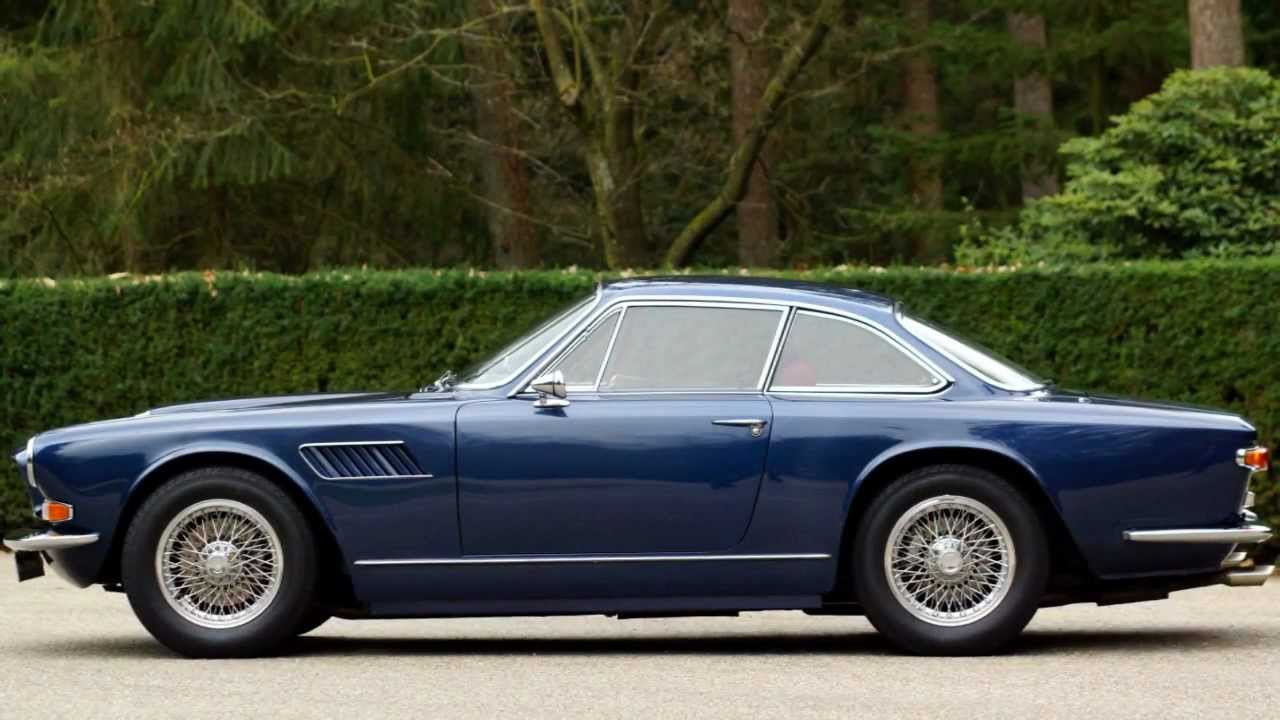 A memorable day in the AutoFlick chronology. Izzy and Juliana meet Martine at his house and then head to a race track in Delaware in Martine’s 1965 Maserati Sebring 2.
A memorable day in the AutoFlick chronology. Izzy and Juliana meet Martine at his house and then head to a race track in Delaware in Martine’s 1965 Maserati Sebring 2.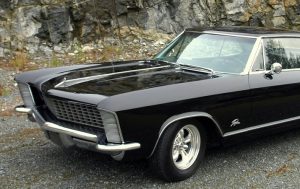 I came to a fairway trap that was rarely in play on the 16th hole and settled into a patch of faint shade from a tree 20 yards away. I dreamed that Juliana and my father were dancing together. I was glad when I realized, still dreaming, that this was a dream.
I came to a fairway trap that was rarely in play on the 16th hole and settled into a patch of faint shade from a tree 20 yards away. I dreamed that Juliana and my father were dancing together. I was glad when I realized, still dreaming, that this was a dream.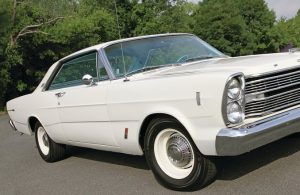 “You’ve got money from the party,” she said, sweeping away any argument I might have against buying a pair of pants I didn’t have any desire to own.
“You’ve got money from the party,” she said, sweeping away any argument I might have against buying a pair of pants I didn’t have any desire to own.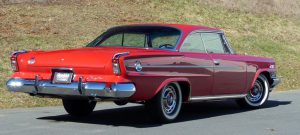 Speedy and Izzy sneak to their neighbor’s house to paste an I Flick Butts bumper sticker on their 1962 Chrysler 300.
Speedy and Izzy sneak to their neighbor’s house to paste an I Flick Butts bumper sticker on their 1962 Chrysler 300.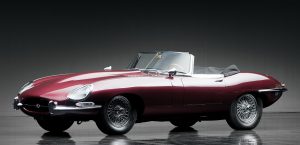 The Jag glowed in the evening light. Somehow I got to the door handle before the driver did, and opened it slowly as he turned to me with an amused look. He was a confident, contented man somewhere in that vast expanse of his third or fourth decade on the planet, with slightly roguish long hair and a tennis court tan. He was smoking a cigarette.
The Jag glowed in the evening light. Somehow I got to the door handle before the driver did, and opened it slowly as he turned to me with an amused look. He was a confident, contented man somewhere in that vast expanse of his third or fourth decade on the planet, with slightly roguish long hair and a tennis court tan. He was smoking a cigarette. Hitchhiking home from work, Izzy spots a 1967 Volvo 122s with an “I Flick Butts” bumper sticker. At the next red light, he gets out of the car that’s given him a ride and approaches the young woman smoking a cigarette in her Volvo.
Hitchhiking home from work, Izzy spots a 1967 Volvo 122s with an “I Flick Butts” bumper sticker. At the next red light, he gets out of the car that’s given him a ride and approaches the young woman smoking a cigarette in her Volvo. Bastille Day. Izzy is hitch-hiking to work and gets picked up by a hippie smoking a joint in a 1960 VW, listening to Bob Dylan complain about Maggie’s Farm. He throws the roach out the window and would have gladly accepted a bumper sticker if Izzy had had one with him.
Bastille Day. Izzy is hitch-hiking to work and gets picked up by a hippie smoking a joint in a 1960 VW, listening to Bob Dylan complain about Maggie’s Farm. He throws the roach out the window and would have gladly accepted a bumper sticker if Izzy had had one with him. A strange meeting with Juliana at the diner where she works. Martine asks the two teenagers if they want to work at a party he’s having at his house.
A strange meeting with Juliana at the diner where she works. Martine asks the two teenagers if they want to work at a party he’s having at his house.